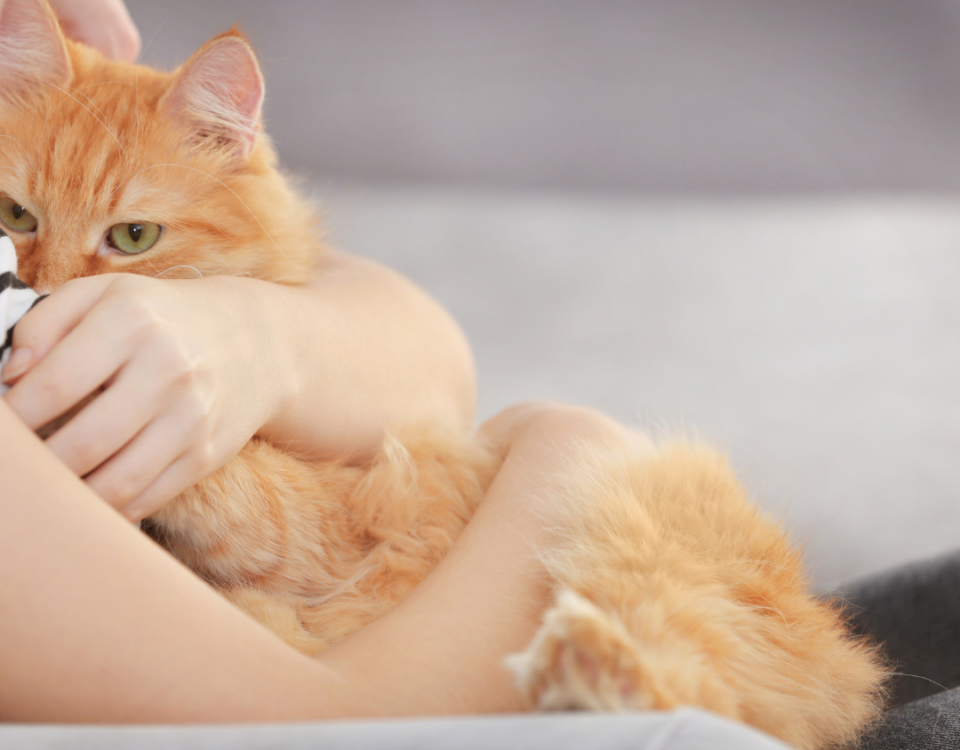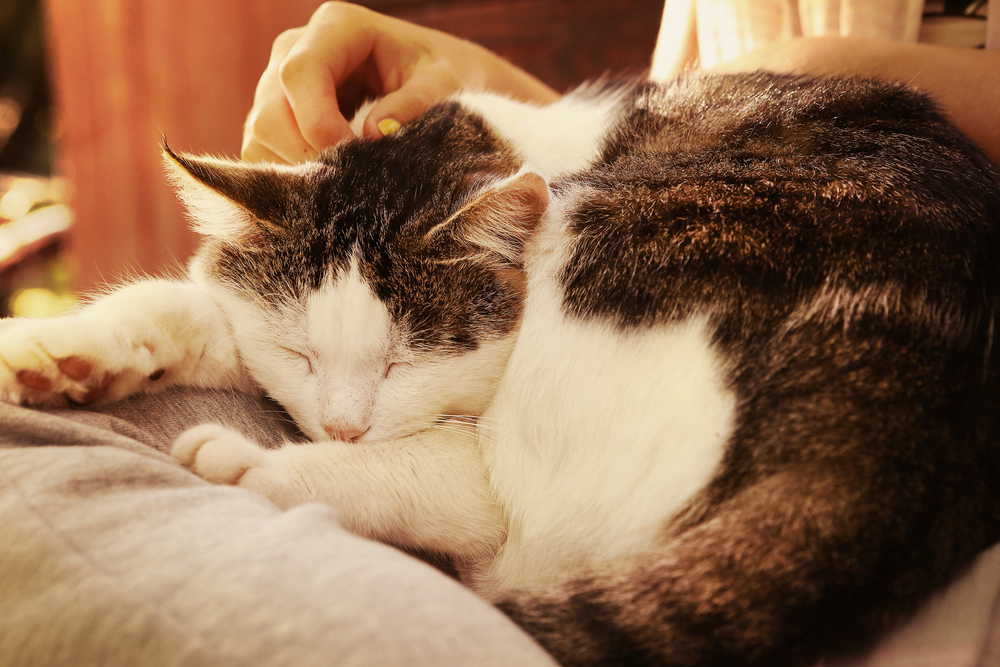
When is the right time to put your dog to sleep?
January 28, 2022
Dog Kidney Disease Symptoms
February 8, 2022Let’s start by getting the technical term for cat eye discharge. This condition is called Epiphora, and it is a symptom rather than a disease.
You might well have noticed cat eye discharge in your feline friend. Therefore, this article aims to tell you more about this condition and what it means for your card.
What is Epiphora?
Normally, your cat’s eyes are covered with a thin layer of tears for lubrication. Epiphora Is the term used to describe when this layer overflows excessively. When they overflow, the tears drain into nasolacrimal ducts, also known as tear ducts. These ducts are situated in the corner of your cat’s eyes near its nose.
If your cat’s tears are draining insufficiently, Epiphora develops. Drainage may be hindered for a number of reasons. One of the most common is poor eyelid movement because of a deformity. It can also occur due to the nasolacrimal ducts becoming blocked. Another reason could be because your cat is producing excessive tears.
How can you spot Epiphora?
An obvious sign of cat eye discharge is evidence of wetness or dampness below the eyes. If this persists, you will notice your cat’s fur turning a reddish brown colour. Without treatment, this will develop, producing an odour and skin irritation. In some cases, this irritation can deteriorate and become a skin infection.
Many cat owners report their pet’s face constantly being damp. In some cases, their cats have tears rolling down their faces.
How can you diagnose Epiphora?
Your first step in diagnosing Epiphora is to determine whether any underlying issue is causing your cat to produce excess tears. For instance, your cat may have an eye injury, conjunctivitis, corneal ulcers, rolled-in eyelids, glaucoma, abnormal eyelashes, or an eye infection.
When you have eliminated these more serious causes, you can determine whether your cat has adequate tear drainage. You will need to conduct a thorough examination of your cat’s eye and surrounding areas. You should pay particular attention to their tear ducts. Look out for any inflammation or abnormalities.
Your cat’s facial structure might influence its eye discharge. For instance, some cat breeds such as Himalayans and Persians have flat faces. This facial characteristic does not allow your cat’s tears to drain away sufficiently. Rather than entering the tear duct, their tears simply roll off your cat’s face.
If your cat has a log of hair around their eyes, this can be another cause of cat eye discharge. That’s because the long hair can block the tear duct entrance, or it can hold debris that becomes the cause of blockage. Either way, it prevents your cat’s tears from draining correctly.
How can you treat cat eye discharge?
If you suspect your cat’s tear duct is blocked, you should consult your vet. They will anesthetize your cat, then flush-out their tear ducts with a special instrument. Flushing can clear any infections or allergic reactions that are causing the discharge.
Often, during a cat’s development, the opening to their tear duct fails to open. If your vet discovers this is the case with your cat, they can perform surgery while your cat is under anaesthesia. Your cat might also require surgery if their Epiphora relates to another eye condition.
How can you remedy the staining from cat eye discharge?
The good news is, there are various remedies for removing the staining caused by cat eye discharge. However, none of these are guaranteed to be 100% effective. Therefore, you will need to try some out to see what works best for your cat.
When you choose your cat eye discharge stain remedy, you should bear a couple of things in mind. Firstly, some treatments you buy over-the-counter can be harmful to your cat’s eyes. You should also avoid using a remedy that contains hydrogen peroxide. If this chemical gets into your cat’s eyes it can cause severe damage.
Prognosis for Epiphora
If you cannot find and treat an underlying cause for your cat’s eye discharge, it’s likely to recur intermittently throughout their life. However, in many cases, they will experience no significant issues and the staining will be merely cosmetic. If you have any concerns, you should consult your vet.




